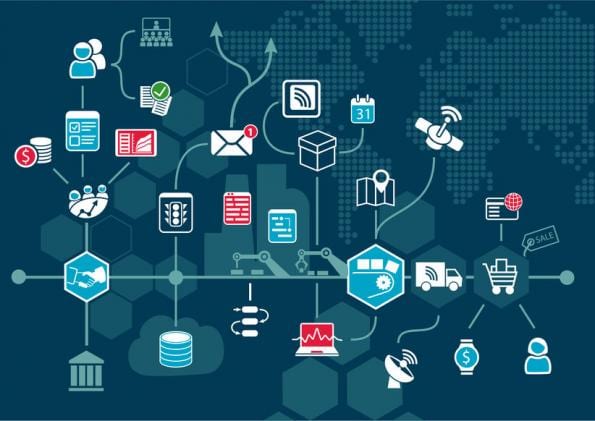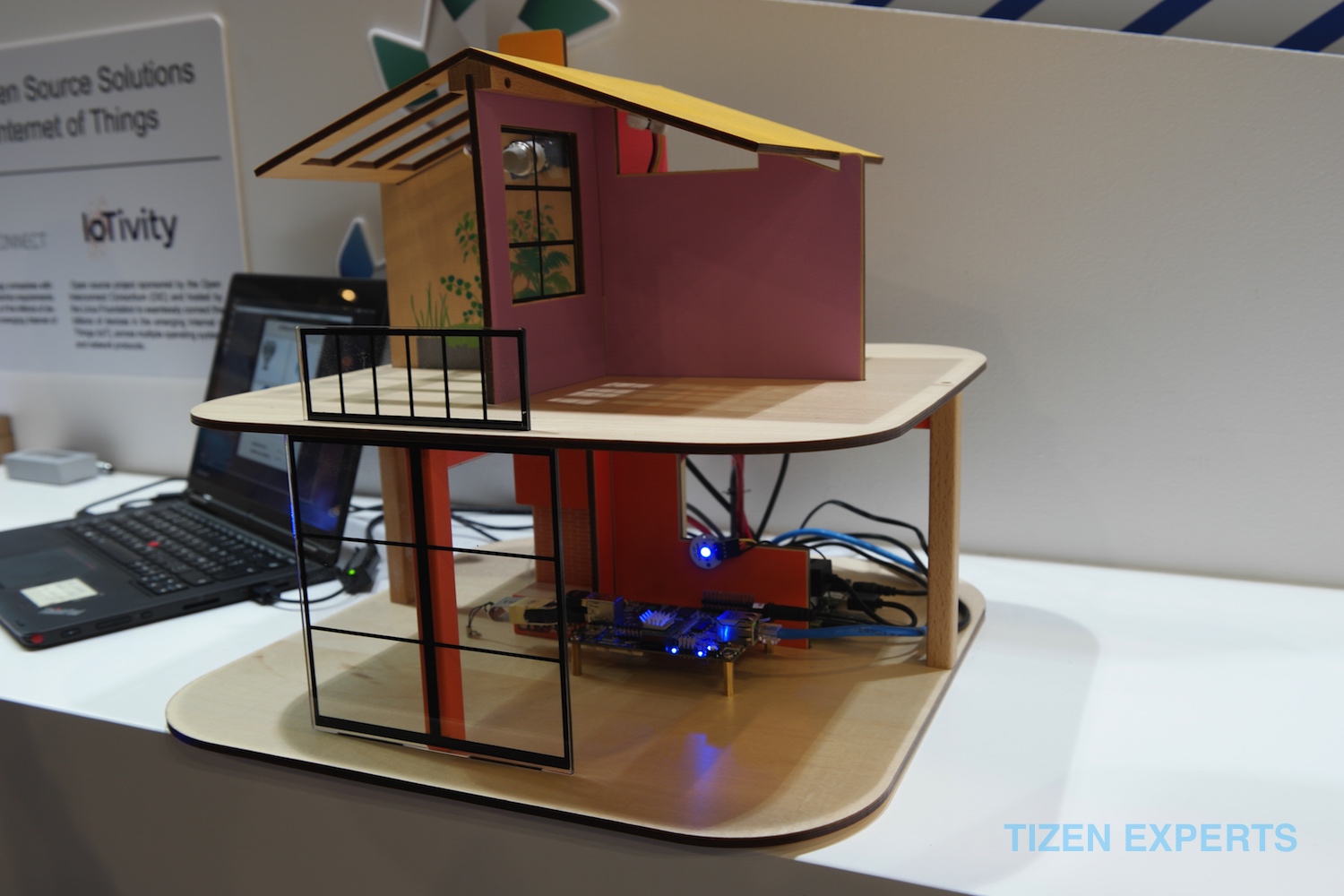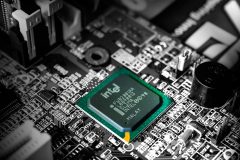Latest blockchain project connects shipping containers and industrial machines to blockchain technology through an internet of things (IoT) chip. Blockchain startup, Filament is behind this innovative use case. Containers and equipment, through a microchip, would be able to perform transactions or execute instructions on their own, through a software called: Blocklet.
Usually, in the process of moving from port of departure to port of arrival, a container would have had to go through several hands, each of which issues some sort of clearance or pass before the container can move on to the next stage. Each of these clearances has to be signed by authorized parties making the whole process pretty complicated.
That’s where Blocklet, from Filament, comes in. The software helps keep track of all signatures and clearances while promoting transparency and accountability for retailers and consumers. Now, shady stories of containers suddenly getting lost would become a thing of the past, since all information about the whereabouts of the container are available on the open ledger blockchain, for anyone to investigate.
How it Works
Wondering how the Blocklet software works? It basically involves inputting relevant information about the container into the IoT microchip.
From the first movement of the container, all travel requirements from its point of departure until the point of arrival are recorded in the microchip. This helps to know what is required at each stop point and while in transit.
The recorded travel requirements determine the direction of the container while also helping those in charge organize the container’s journey to adhere to the travel requirements details as much as possible. All these are recorded on the blockchain, thus it can pay its way through any clearance stop. Everyone with interest in the container can monitor its journey through the open public ledger on which the container’s progress is recorded.
At the moment, the Blocklet software is still in beta testing, but soon to be available for mainstream use.



















